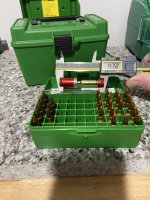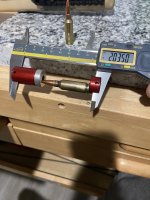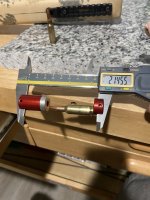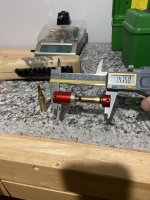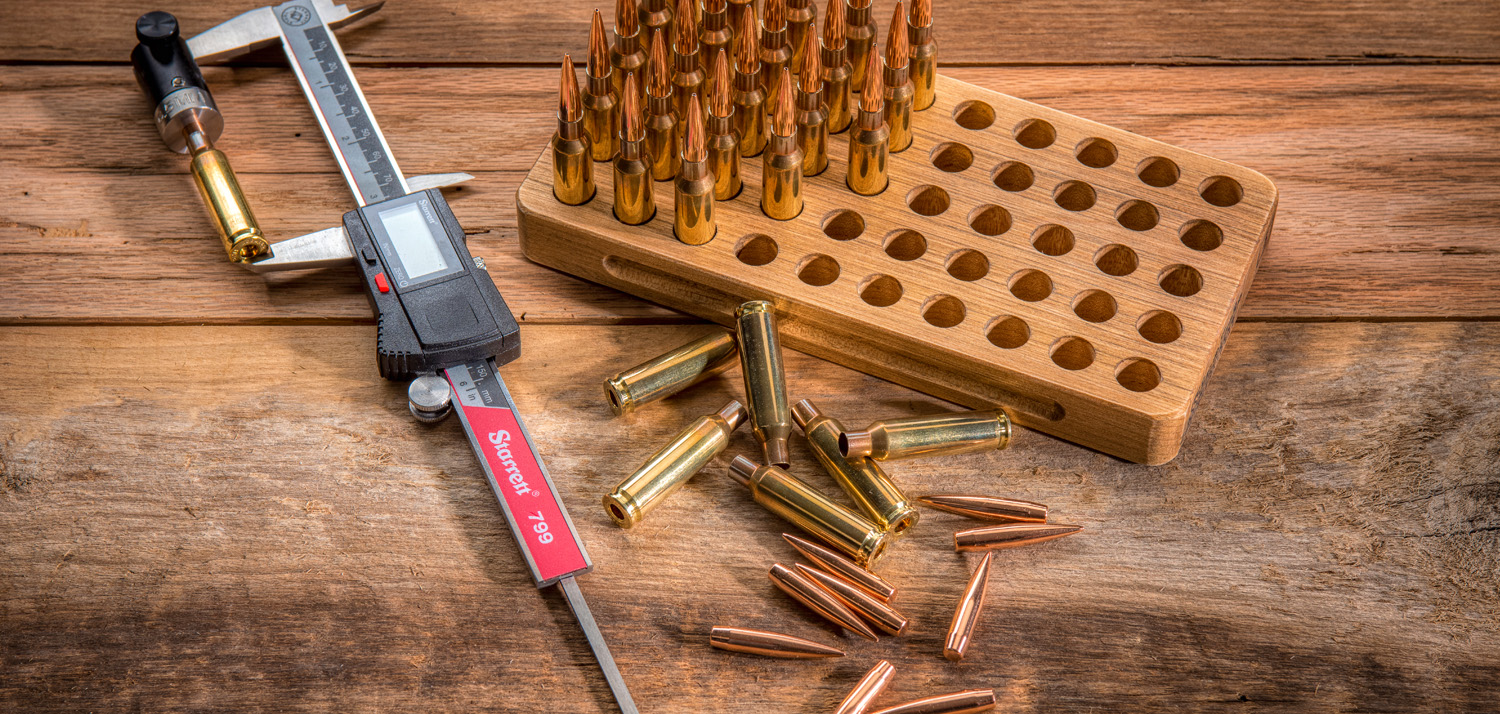Too many variables, unless you are happy with close enough . . Stripped bolt does not lie .
I'd ask what you think those variables are, but I already know from experience that you don't have the technical acumen for a reasonable discussion.
It's a clear demonstration that you don't understand this when you claim that your method of repeatedly checking in increments is more accurate than a direct measurement. But typical for you, it's about defending the one thing you know rather than whether one thing is actually better than another.

